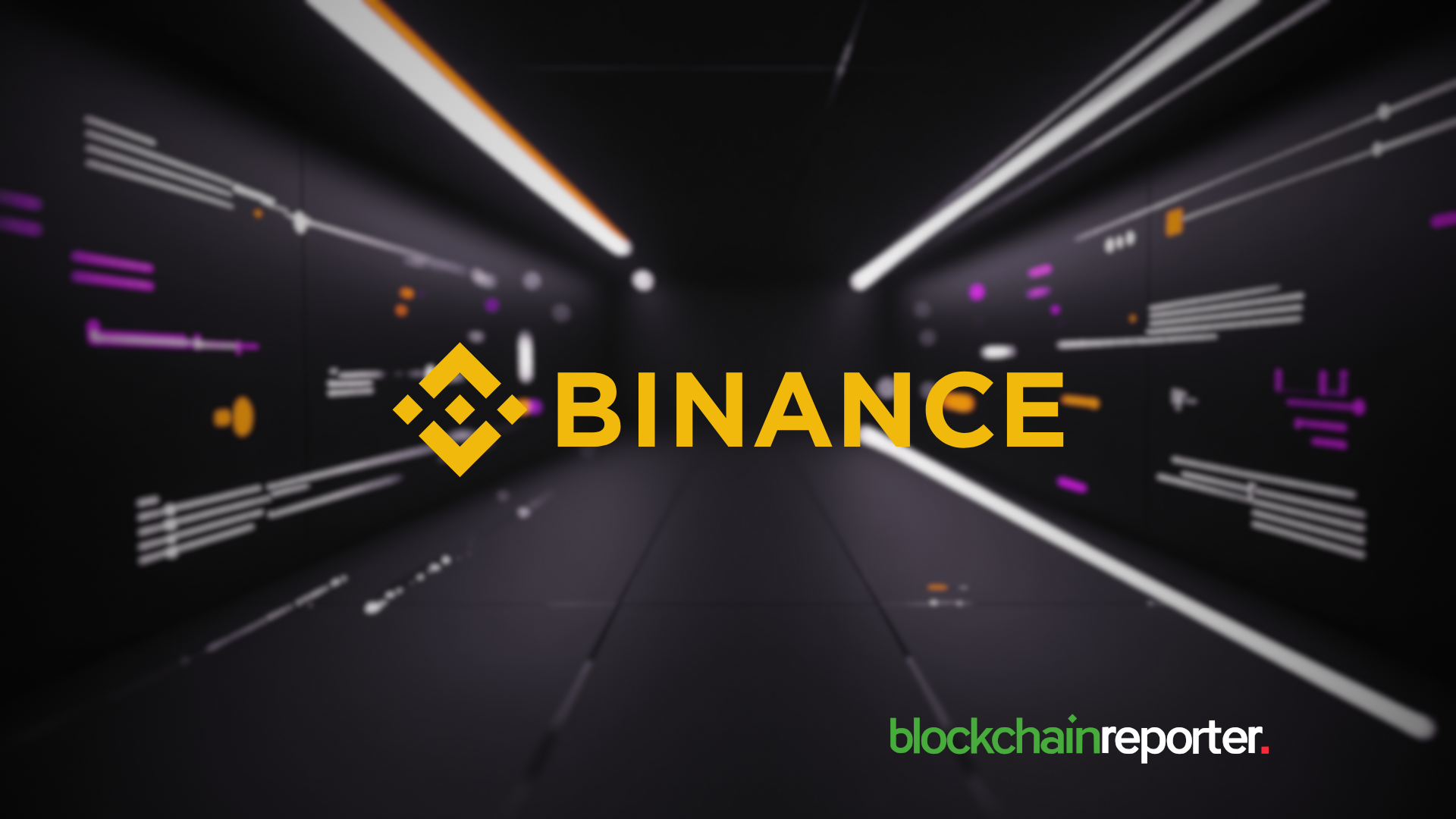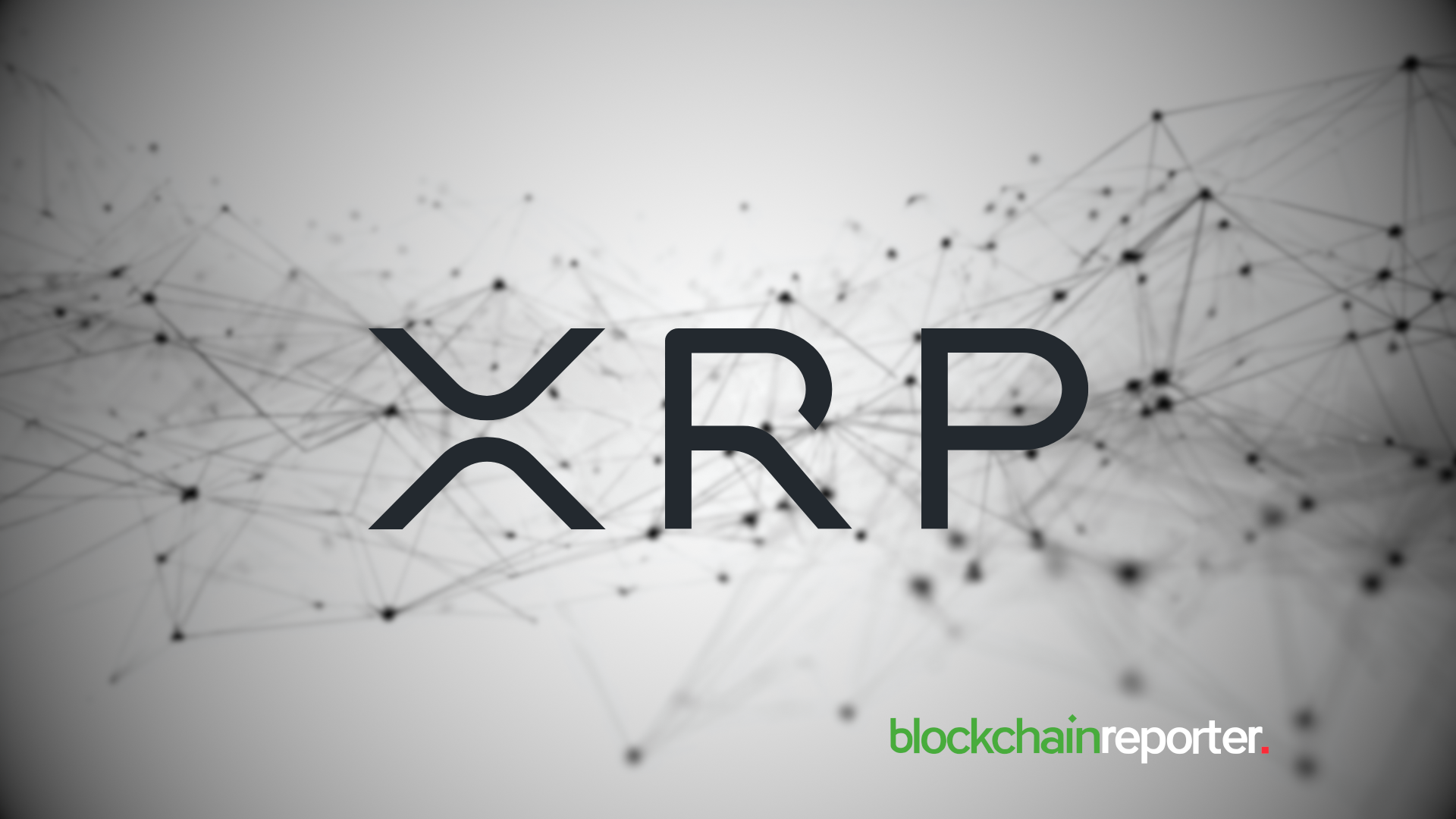
The AI infrastructure race is heating up fast, and these three tokens are becoming impossible to ignore.
If AI is the new industrial engine, the question becomes simple: which tokens sit closest to the engine room, and which merely supply the tools around it? Chainlink feeds verified data, Render supplies compute power, and IPO Genie attempts something different- AI-guided access to early-stage deals across private markets that is worth $3 trillion.
How These Three Tokens Fit Into the Emerging AI Infrastructure Stack
This analysis compares Chainlink, Render, and
IPO Genie
through an AI-infrastructure lens. Chainlink provides oracle infrastructure for on-chain finance, Render supports distributed GPU computing, and IPO Genie applies AI directly to deal sourcing and investment workflow discovery.
The goal: show how each contributes to AI-driven economies and where value could concentrate as markets professionalize.
Side-by-Side Verified Data Table
| Feature | Chainlink | Render | IPO Genie |
| Core Function | Oracle network for verifiable data | Decentralized GPU compute | AI-driven deal-flow + access platform |
| AI Role | Indirect (data for AI systems) | Direct (supports GPU workloads) | Direct (AI engine evaluates markets, founders, sentiment, early-stage deals) |
| Adoption Metrics | 2,400+ integrations; $25T+ enabled | GPU frames up 31% MoM; tokens burned +41% | Early-stage platform, AI scouting pipeline for presale opportunities |
| Market Context | Institutional DeFi, stablecoins, tokenization | AI compute, graphics, enterprise rendering | Private-market access and presale discovery |
| Investor Angle | Data reliability, institutional infrastructure | Growing demand for compute | Access gap reduction + AI-assisted evaluation |
Mechanistic Differences (How Each Works)
Chainlink (LINK)
Chainlink acts as connective tissue between blockchains and external data. Its decentralized oracles deliver verified information-prices, risk ratings, settlement data-needed for smart contracts to function. Recent integrations, such as publishing S&P Global Ratings’ stablecoin data on-chain, reinforce Chainlink’s position as a compliance-ready data layer for institutions.
Render (RNDR)
Render provides distributed GPU rendering and compute. Creators and developers submit compute jobs to a decentralized node network, which handles rendering and AI workloads using upgraded GPUs (H200, MI300X). Tokens are burned based on use, aligning supply with real demand.
IPO Genie (IPO)
IPO Genie applies AI directly to decision-making. Its engine scans markets, founder performance, sentiment, early-stage platforms, tokenomics, and deal-quality signals – surfacing opportunities for $IPO holders. Instead of powering AI or feeding it data, IPO Genie
behaves
like an in-house analyst that never sleeps.
Where Chainlink and Render supply infrastructure layers, IPO Genie leverages AI as an intelligence layer for investment workflows.
Join IPO Genie Presale
Economic Implications (Why It Matters)
Each token aligns with a different AI-driven economic trend:
- Chainlink strengthens the foundation for regulated, tokenized markets-critical for institutional AI adoption where compliance is non-negotiable.
- Render benefits from the rising cost of compute. As AI models expand, demand for decentralized GPU supply grows.
- IPO Genie sits in a niche but economically powerful position: solving the access gap. Retail investors historically lacked algorithmic tools or private-market entry points. By using AI to screen and rank early-stage opportunities, the platform positions itself around value discovery rather than value execution.
Risk Comparison:
| Token | Key Risks |
| Chainlink | Dependency on institutional adoption cycles; competition from alternative oracle systems; regulatory friction for data categories. |
| Render | Hardware dependency; network congestion; GPU supply variance; competition from centralized compute providers. |
| IPO Genie | Early-stage platform risk; AI output quality depends on input data; private-market volatility; execution risk in building liquidity. |
IPO Genie carries early-platform risk but also aligns with a growing demand for smarter discovery tools-an area where most crypto projects are not yet competing.
Situations Where Each Performs Well or Poorly
Chainlink Performs Well When:
- Institutions scale tokenized assets
- Stablecoins require standardized risk data
- Compliance and auditability become priority
Performs Poorly When:
- Market fragmentation reduces oracle demand
- On-chain activity drops
Render Performs Well When:
- AI/ML workloads surge
- GPU rental costs rise
- Decentralized compute gains preference
Performs Poorly When:
- Centralized compute becomes cheaper
- GPU supply chain disruptions occur
IPO Genie Performs Well When:
- Investors want curated, AI-screened deal flow
- Retail seeks private-market style access
- Information overload makes manual research impossible
Performs Poorly When:
- Presale markets freeze
- Data quality or ecosystem inputs decline
Which Token Makes the Most Sense for Investors?
If your focus is infrastructure reliability , Chainlink fits the bill with its institutional data backbone. If you’re leaning toward AI compute exposure , Render aligns with growing GPU demand cycles. But if your goal is early-stage opportunity discovery – the kind of edge retail rarely gets – IPO Genie stands out because its AI actively scouts deals rather than just powering them. The “best” depends on the scenario, but the access gap is where the most structural upside often hides.
Take Away
Chainlink excels as the backbone for institutional-grade data and tokenization. Render thrives in the physical layer of AI growth-compute. But IPO Genie captures a subtler opportunity: the intelligence layer where AI becomes a market participant, not just a tool.
By applying AI to discovery and evaluation rather than infrastructure alone,
IPO Genie
aligns well with a future where investors rely on algorithmic insight to navigate early-stage markets. It does not replace Chainlink or Render-it operates above them, translating noise into structured access.





